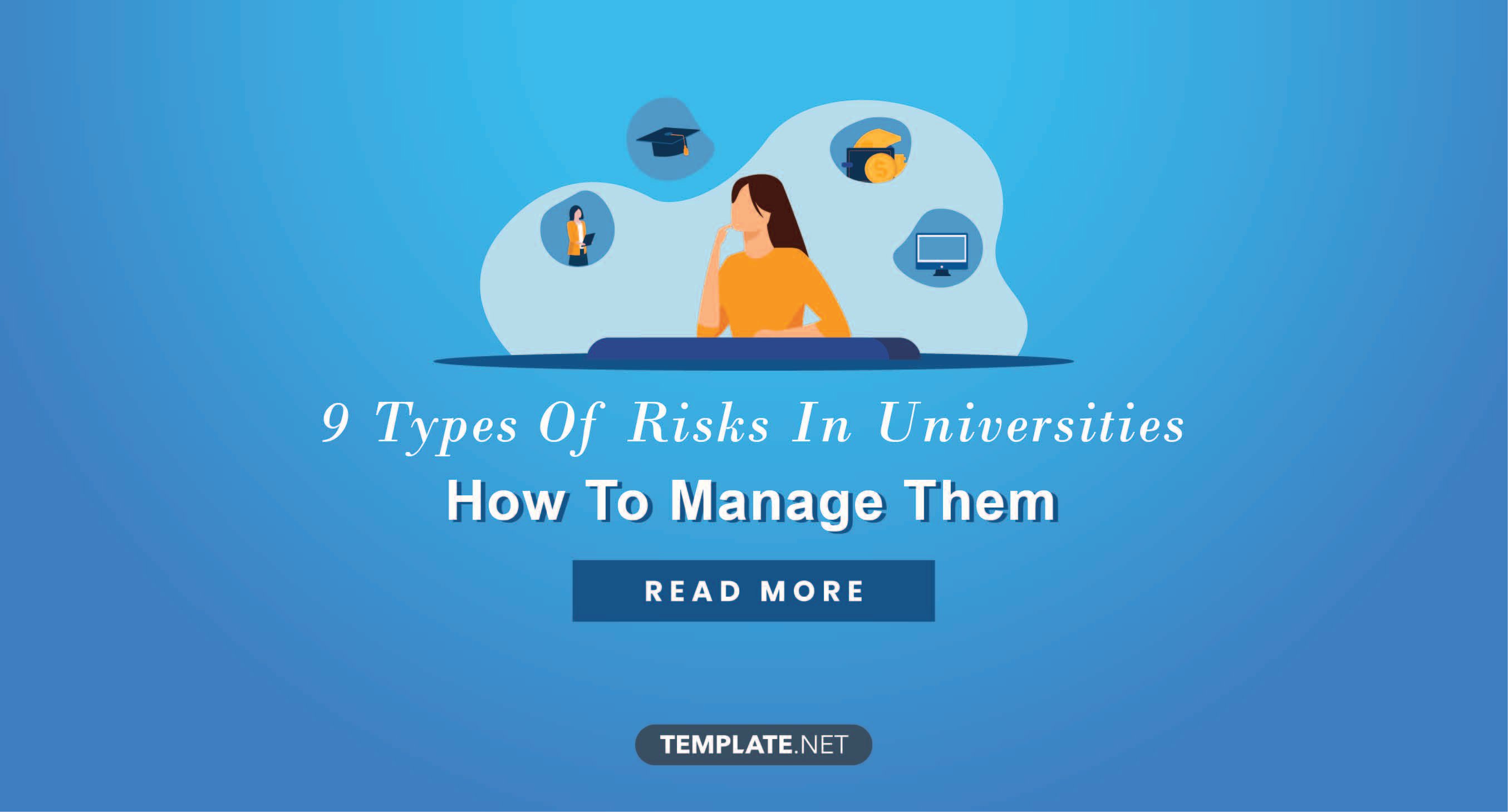
8 Ways Universities Can Generate Alternative Revenue
Aside from providing the best quality education and improving university ranking, university administrators also focus on generating revenue for their…
Jun 22, 2022
The 2019 top five wealthiest universities in the US, according to Statista.com, are as follows: Harvard University, The University of Texas, Yale University, Standford University, and Princeton University. They were ranked based on their respective endowment fund market value. Besides, their student admission and student outcome rates are high. Those five universities for sure encountered significant risks that might’ve not enabled them to be at the top. How do you think they managed to pull through? The answer is simple. The five universities managed the risks and regulated them before they escalate and cause damage. So for the sake of your own educational institution, we’re going to show you the nine types of risks in universities and how to manage each of them.

Academic risks refer to the students’ possibility of failing some of their classes and lectures. If that happens to many students in a university, its education quality can diminish, which certainly doesn’t bode well. Why? It’s because the student success rate can be seen as a measurement of an institution’s quality of education. To manage academic risks, educators and administrators have to implement student assistance programs or peer tutoring programs. Struggling students must be given enough and reasonable support and opportunities to improve their academic status.
Compliance risks primarily involve possible legislative laws and regulations that a university violates, regardless if done intentionally or unintentionally. That said, compliance risks can affect or degrade the credibility of a university as an educational establishment. However, compliance risks can easily be regulated simply by reviewing the educational laws and regulations and abiding by them. Every action or change that a university implements into its student welfare procedures and campus protocols must comply with the law.
Financial risks are never out of the equation in a university, just like in any other business in different industries. Every investment, financial asset, and funding can go to waste potentially if the university’s administration doesn’t manage finances well enough. The best approach to minimize financial risks is to create a business plan or budget plan for the regular costs of a university, and for whatever innovations the administration will spend for certain on-campus upgrades.
All types of businesses encounter operational risks every time. In a university, operational risks are hazards or dangers that can occur during classes, lectures, student events, and other on-campus activities. The risks involved in those activities are too many to mention. But, one thing’s for sure; university operational risks endanger students and faculty members alike. So before a semester starts or before an on-campus activity is allowed to commence, the university’s administrators conduct risk assessments to detect possible dangers that can affect the welfare of everyone. In that way, specific countermeasures can be established and observed to minimize damages if ever, incidents arise.
Universities pride themselves in having a good reputation in terms of educating and nurturing young minds, caring for students’ welfare, and having excellent learning environments. At certain times, their reputation will be tested due to particular issues and problems concerning their educational system. Reputational risks are imminent, no doubt. In that case, universities counteract reputational risks by maintaining proper standards in their operations. They also make sure that their faculty handle classes and students well and without bias. If ever threats to a university’s reputations occur, its administrators do legal counteractions to defend the goodness of their institution.
Strategic risks refer to a university’s business decisions in gathering advantageous elements from a business standpoint, such as marketing, advertising, partnering with other businesses, etc. Some of these business decisions to garner strategic points might not pay off for a university, and that’s what makes them a risk. To manage strategic risks, university stakeholders conduct advanced data analytics beforehand to assess the profitability of a specific business move. They ensure that investments and expenditures to optimize their educational system will not go to waste. And, stakeholders also formulate contingency plans in case strategic business decisions don’t work out as expected.
Technology trends in the education industry prompt other educational institutions to restructure their business model in some ways. That process certainly involves many risks that are too many to mention. A university’s business model needs to be near-perfect if it’s to deliver quality education to its students. In that case, university stakeholders and administrators study various aspects to optimize and reinvent their business model to perfection. They fix specific branches in the business model that causes disruptions to the campus’s operations, and ultimately to the student’s learning process.
One of the most occurrences that can happen to a university is a depletion of their number of enrollees each semester, technically known as enrollment supply. Students are the customers of a university. And, as we all know, if a business doesn’t have many customers, it’ll suffer losses instead of profit subsequently. To regulate enrollment supply risks, some university administrators revitalize their enrollment procedure with automation, which quickens the student admission process. Enrollees will find it easy and convenient to enroll themselves in that case; thus, more and more people will enroll. Another method is to introduce new courses. For example, administrators can add an entrepreneurship course into their set of offers starting by hiring an edupreneur.
Insurance risks refer to the minimal power of insurances to cover the damages caused by certain incidents during on-campus activities and operations. Although this rarely occurs, university stakeholders and administrators must still manage insurance risks to regulate losses. They manage insurance risks by merely avoiding the possibility of incidents in the first place. Backup budgets to fix damages can also be a solution. However, the best counteraction is to invest in insurance that is capable of covering losses caused by damages.
Offering and delivering quality education is never an easy goal for the educators and administrators of a university. Along the way, struggles will hinder the process, and even more with looming risks. However, universities can overcome them by making sound business decisions for the betterment of students’ growth and learning. We hope that you’ll apply what you’ve learned here into the practices of your educational institution. Who knows? Maybe someday your institution will reach the top 5 of the very best universities.

Aside from providing the best quality education and improving university ranking, university administrators also focus on generating revenue for their…

The 2019 top five wealthiest universities in the US, according to Statista.com, are as follows: Harvard University, The University of…

Harvard, Yale, Cambridge, those names alone will make you think of an excellent university due to their excellent reputation as…

There are a lot of reasons why students would transfer out of colleges and move to another. It could be…